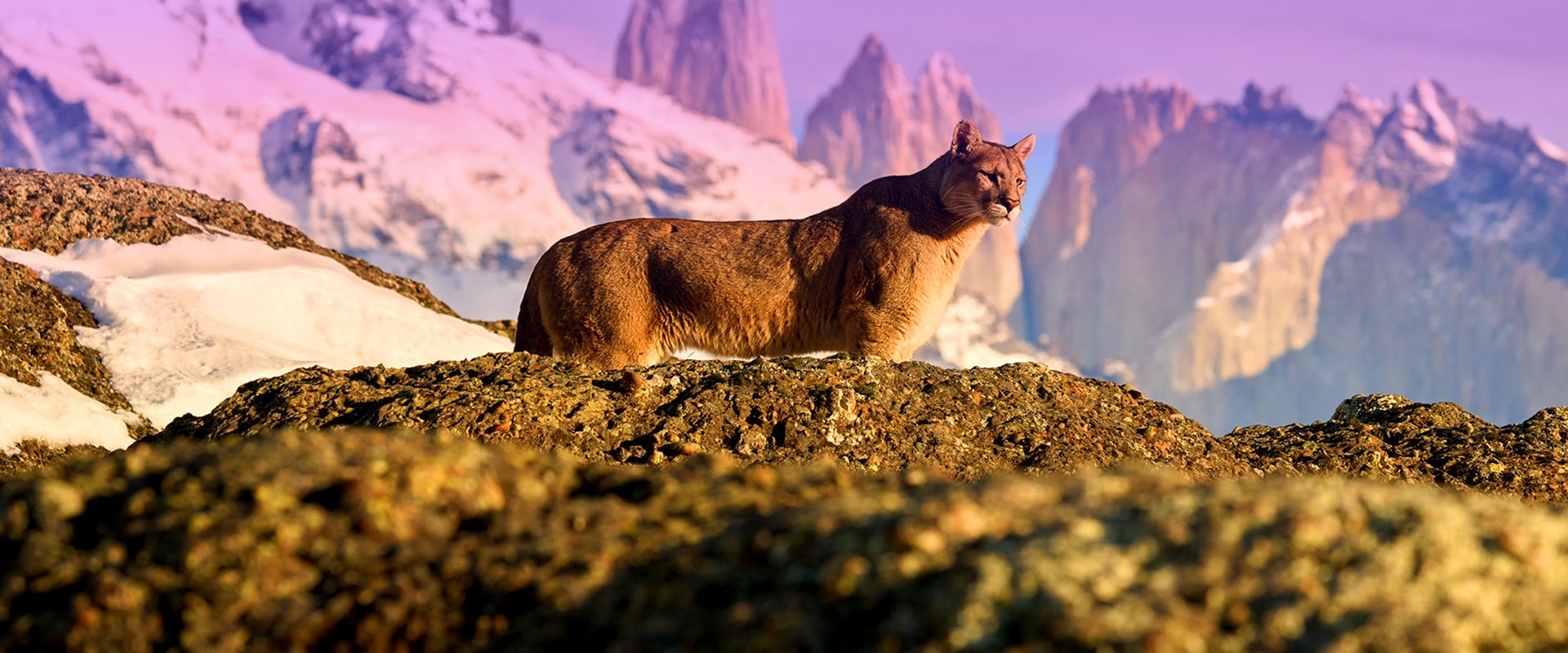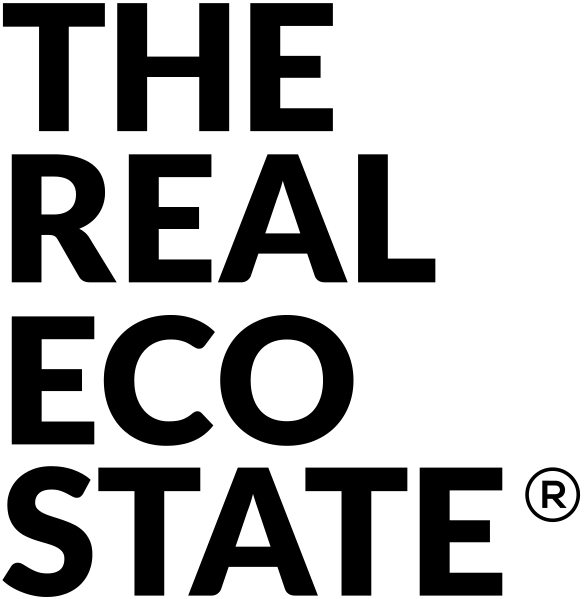
Our land
Chilean Patagonia is one of the most significant ecosystems in the fight against climate change. Its soils and primary forests are considered "irretrievable carbon" reservoirs, i.e., If human activity releases potentially vulnerable carbon stocks, they will be lost and won't be restored by 2050.
The temperate rainforests of southern Chile are considered, together with the Mediterranean forests of central Chile, a biodiversity hotspot with conservation priority due to their high species richness and levels of endemism. Because of its geographic and climatic characteristics, Chile behaves like a biogeographic island due to its isolation from the rest of the South American continent thanks to its natural barriers, such as the Andes Mountains to the east, the Atacama Desert to the north, the Coastal Range and Humboldt Current to the west, and Antarctica to the south.
In addition to its natural wealth, and based on IMF (International Monetary Fund)analysis, Chile is considered a stable and prosperous country with the highest GDP per capita. Regarding corruption according to Transparency International, Chile and The United States share the same rate. Our country is also a member of the OECD (Organization for Economic Cooperation and Development) and has the highest long-term foreign currency credit rating of A by S&P in Latin America.
These qualities position Chile not only as the optimal country for conservation investment, understanding the positive impact of protecting Patagonia's forests but also as a place with high profitability.
Some hard facts about Chilean Patagonia:
It has the largest system of estuaries and fjords in the southern hemisphere and one of the largest extensions of land-sea contact zones in the world (Armesto et al. 2021).
Its total area reaches 452,204 km2, including inland sea and continent (Armesto et al. 2021).
A unique marine biodiversity can be found in the inland sea, and in the channels and fjords of Chilean Patagonia, where high productivity values have been recorded (González et al. 2010, Häussermann et al. 2021).
Chilean Patagonia presents one of the most exceptional and unique landscapes in the world, especially for its great scenic beauty (Guala et al. 2021).
Chilean Patagonia still presents remote areas, little intervened by human activity (Astorga et al., 2018), which in turn represent reservoirs of ancient ecological processes and constitute key areas to buffer and counteract the effects of global change (Jones et al., 2018; Watson et al., 2018a, b; Armesto et al. 2021).
Continental ice fields are the most extensive that exist outside Antarctica (Rivera et al., 2021), and also constitute important regional and global water reservoirs (Armesto et al. 2021).
Chilean Patagonia has one of the most continuous (120,000 km²) and little modified forest cover (Grantham et al., 2020), which represents an important source of stored carbon that contributes to mitigating the effect of climate change (Astorga et al., 2018).
Literature
Armesto, J.J., Martínez, M.J., Fuentes-Castillo, T., y Castilla, J.C. (2021). Conservación en la Patagonia chilena: síntesis. En: J.C., Castilla, J.J., Armesto y M.J., Martínez-Harms (Eds.), Conservación en la Patagonia chilena: evaluación del conocimiento, oportunidades y desafíos, Santiago, Chile: Ediciones Universidad Católica de Chile.
Astorga, A., Moreno, P., y Reid, B. (2018). Watersheds and trees fall together: an analysis of intact forested watersheds in southern Patagonia (41–56° S). Forests, 9, 385.
González, H.E., Castro, L., Daneri, G., Iriarte, J.L., Silva, N., Vargas, C.A., Giesecke, R., y Sánchez, N. (2011). Seasonal plankton variability in Chilean Patagonia fjords: Carbon flow through the pelagic food web of Aysen Fjord and plankton dynamics in the Moraleda Channel basin. Continental Shelf Research,31, 225-243.
Guala, C., Veloso, K., Farías, A., y Sariego, F. (2021). Caracterización del desarrollo turístico asociado a las áreas silvestres protegidas de la Patagonia chilena. En: J.C., Castilla, J.J., Armesto y M.J., Martínez-Harms (Eds.), Conservación en la Patagonia chilena: Evaluación del conocimiento, oportunidades y desafíos. Santiago, Chile: Ediciones Universidad Católica de Chile.
Häussermann, V., Försterra, G., y Laudien, J. (2021). Macrobentos de fondos duros de la Patagonia chilena: Énfasis en la conservación de bosques submarinos de invertebrados y algas. En: J.C., Castilla, J.J., Armesto y M.J., Martínez-Harms (Eds.), Conservación en la Patagonia chilena: Evaluación del conocimiento, oportunidades y desafíos. Santiago, Chile: Ediciones Universidad Católica de Chile.
Jones, K. R., Klein, C. J., Halpern, B. S., Venter, O., Grantham, H., Kuempel, C. D., Shumway, N., Friedlander, A.M., Possingham, H.P. y Watson, J.E. (2018). The location and protection status of Earth’s diminishing marine wilderness. Current Biology, 28(15), 2506-2512.
Rivera, A., Aravena, J.C., Urra, A., y Reid, B. (2021). Glaciares de la Patagonia chilena y consecuencias medioambientales de sus cambios. En: J.C., Castilla, J.J., Armesto y M.J., Martínez-Harms (Eds.), Conservación en la Patagonia chilena: Evaluación del conocimiento, oportunidades y desafíos. Santiago, Chile: Ediciones Universidad Católica de Chile.
Watson, J. E., Venter, O., Lee, J., Jones, K. R., Robinson, J. G., Possingham, H. P., y Allan, J. R. (2018a). Protect the last of the wild. Nature, 563, 20-30.
Watson, J.E., Evans, T., Venter, O., Williams, B., Tulloch, A., Stewart, C., Thompson, I., Ray, J.C., Murray, K., Salazar, A. y McAlpine, C. (2018b). The exceptional value of intact forest ecosystems. Nature Ecology & Evolution, 2, 599-610.


